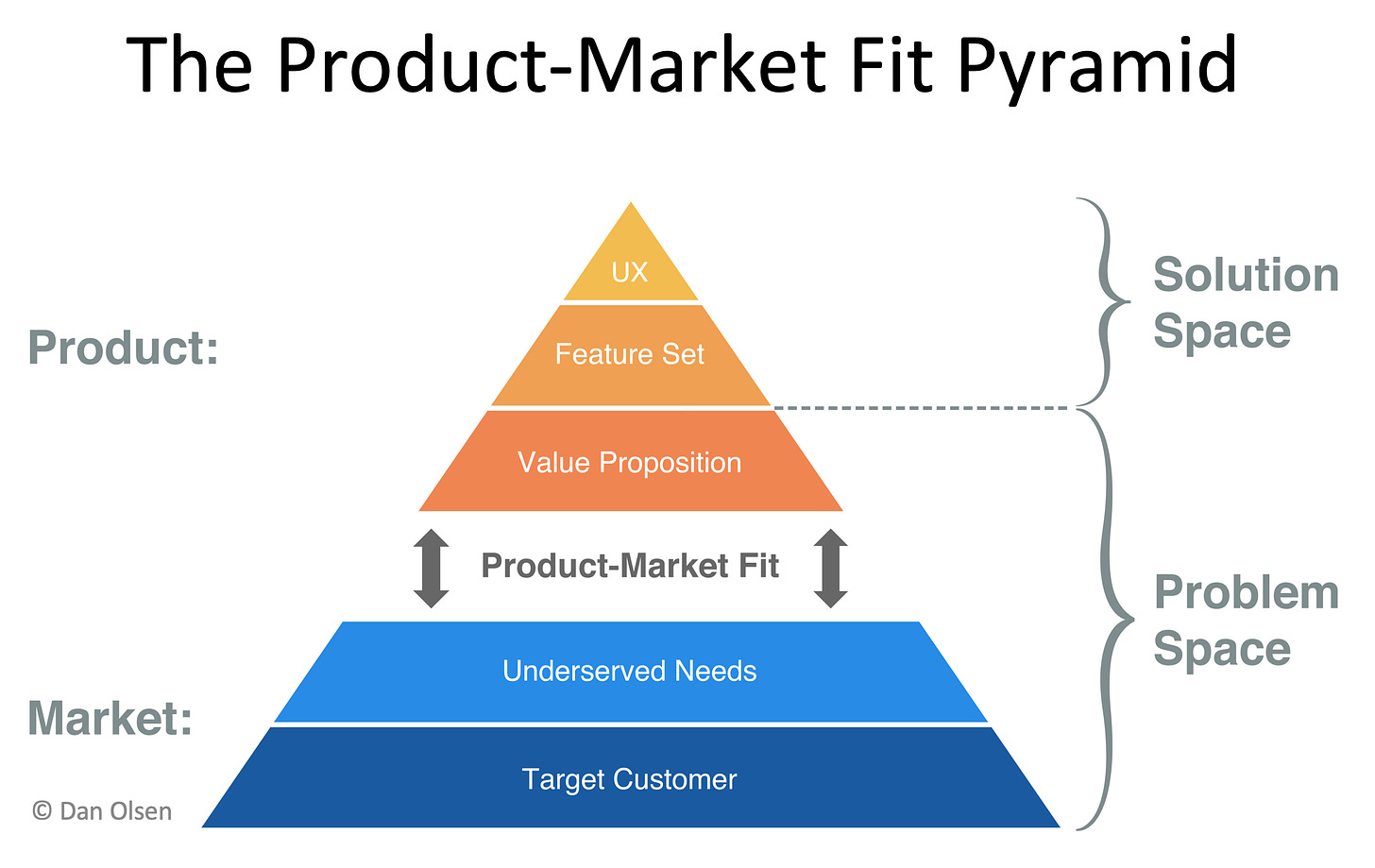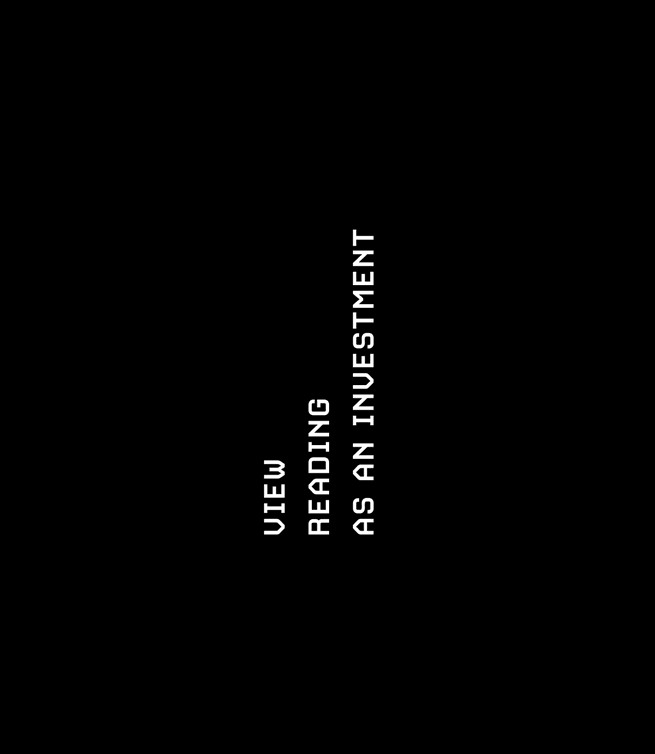HRHeadStart #27: Product Management in HR; The Not-So-Great Resignation; Reading Habits
The Talent Agenda
Over the course of our HR careers, we design and launch many HR offerings, processes and technologies. And, at times, we find that our offerings don’t get traction, employees don’t use them, business buy-in is limited and it is hard to implement them well. Why?
A useful way to think about our work in HR is to think about ourselves as Product Managers - a role commonly found in business functions. A Product Manager identifies customer needs, conceptualizes products to meet those needs, builds products, delivers value to customers and captures values for the business. A fundamental thing that great Product Managers think about is the Product-Market Fit. The framework allows us to think about the Market i.e. the target customers and the underserved needs and also the Product i.e. product features, value proposition and the user experience.
Before we even go to the HR product, it is critical to think about the target customers and their needs. It is quite common to think about needs at a superficial level e.g. “The CEO talked about leadership development, so let’s design a rotation program for top talent” or “Employees report burnout in the employee survey, so they need well-being initiatives or we could launch a mental health app”. This leads us to design solutions with an incomplete understanding of the actual needs because we fail to understand the actual Jobs-to-be-Done.
A Job to be Done is the process a consumer goes through whenever she aims to change her existing life-situation into a preferred one, but cannot because there are constraints that stop her.
If we apply the framework well, it can help uncover the real problem the business or an employee is trying to solve. When a CEO is talking about leadership development, their real need could be to ensure that all critical leadership roles are staffed, succession plans are in place and leaders accumulate diverse experience required for general management roles. When employees report burnout, the real need might be to actually get managers to prioritize work demands, avoid duplications and provide meaningful feedback.
The broader understanding of the real Jobs-to-be-Done can immensely add focus, sharpen the solution and help us think about the product features and user experience that will shape success.
Working Better
Advice is cheap, particularly career advice. A large meta-analysis of research on career advice identified the four most common pieces of career advice: 1) take ownership of your career in your own hands, 2) network widely, 3) follow your passion and 4) be ready to jump at the next job opportunity. The authors identified which one of these actually lead to better career outcomes and which don't. For me, taking ownership of your career (rather than expecting the organization or manager to manage it) and combining passion with competence are the most important.
A Productive Workout
A workout is a great way to create mindspace for processing and learning new ideas. And it primes you for creative thinking. For your next walk, run or workout session, listen to this interesting podcast from The Economist which talks about The Not-So-Great Resignation. It challenges the notion of The Great Resignation with data to build an alternate point of view. Grab the links - Spotify, Apple Podcasts.
P.S. For the hungry and curious, here’s another interesting piece from HBR that argues that The Great Resignation didn’t start with the pandemic.
Tiny Thought
If you read for just 1 hour a day, you will probably be in the top 1% of information gatherers in the world.



